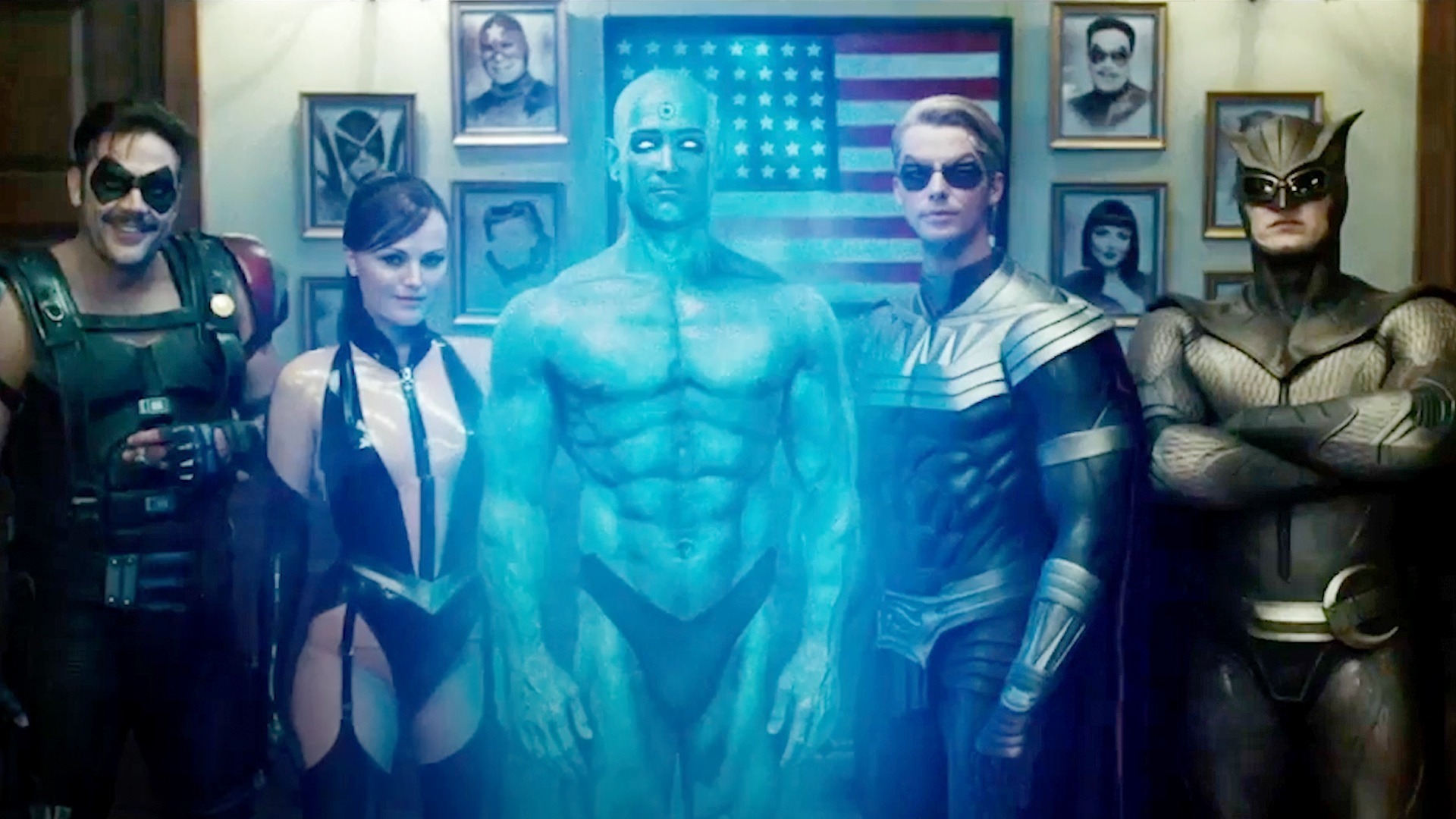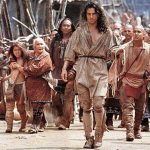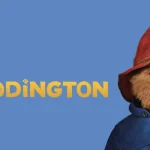Watchmen (2009)
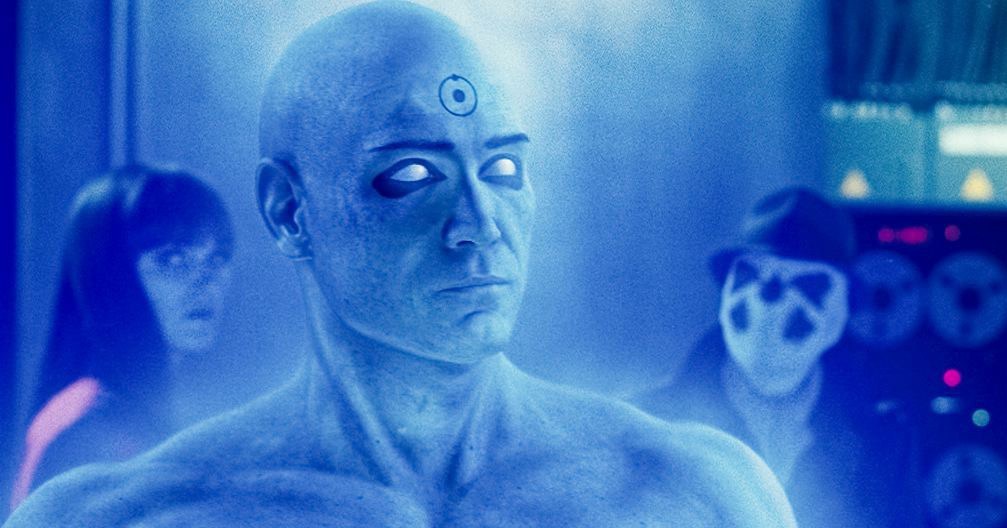
Watchmen (2009) is a visually stunning and complex superhero film directed by Zack Snyder, based on the groundbreaking graphic novel by Alan Moore and Dave Gibbons. The film is set in an alternate 1985, where the United States and the Soviet Union are on the brink of nuclear war, and costumed vigilantes have existed since the 1940s, significantly impacting history.
The story begins with the murder of Edward Morgan Blake, also known as the Comedian (played by Jeffrey Dean Morgan), a former government-sanctioned vigilante. His death prompts fellow vigilante Rorschach (Jackie Earle Haley), a masked detective with a brutal sense of justice, to investigate a possible conspiracy to kill former superheroes. Rorschach reaches out to his former colleagues, including Dan Dreiberg (Patrick Wilson), who once fought crime as the Nite Owl; Laurie Jupiter (Malin Åkerman), the second Silk Spectre; and Dr. Manhattan (Billy Crudup), a superhuman being with god-like powers. The investigation uncovers deep secrets and forces the retired heroes to confront their pasts, their identities, and the implications of their actions.
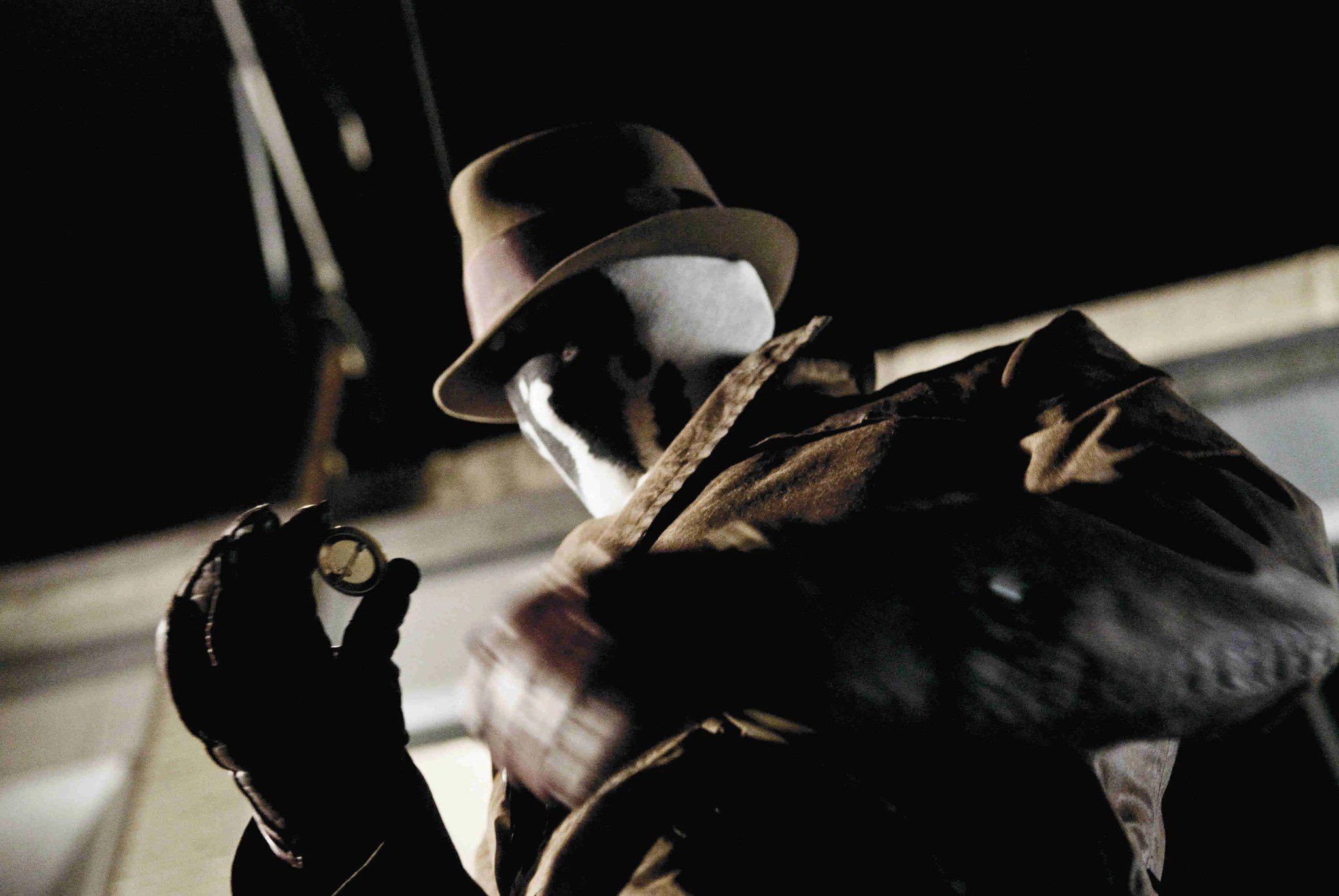
One of the film’s central characters, Dr. Manhattan, is a former scientist transformed into a being of immense power who perceives time non-linearly. His detachment from humanity and growing alienation play a significant role in the film’s exploration of power, free will, and the meaning of existence. His relationship with Laurie Jupiter and his role in global politics reflect the complexities of human nature and the moral dilemmas of wielding power.
The film’s visual style is a hallmark of Zack Snyder’s direction, characterized by slow-motion action sequences, meticulous attention to detail, and a faithful recreation of the graphic novel’s dark, gritty aesthetic. The movie’s color palette, framing, and use of iconic imagery create a visually rich experience that stays true to the source material’s tone and atmosphere.
Watchmen is also notable for its exploration of moral ambiguity and the deconstruction of the superhero genre. Unlike traditional superhero narratives, Watchmen delves into the flawed, often disturbed psyches of its characters, questioning the righteousness of their actions and the very concept of heroism. The story grapples with themes of power, corruption, and the fine line between good and evil, presenting a world where the distinction between hero and villain is often blurred.
The film’s soundtrack, featuring songs from the 1960s to the 1980s, further enhances its mood, with tracks like Bob Dylan’s “The Times They Are A-Changin'” and Leonard Cohen’s “Hallelujah” underscoring key scenes. These musical choices evoke the historical and emotional context of the film, reinforcing its themes and adding depth to its narrative.
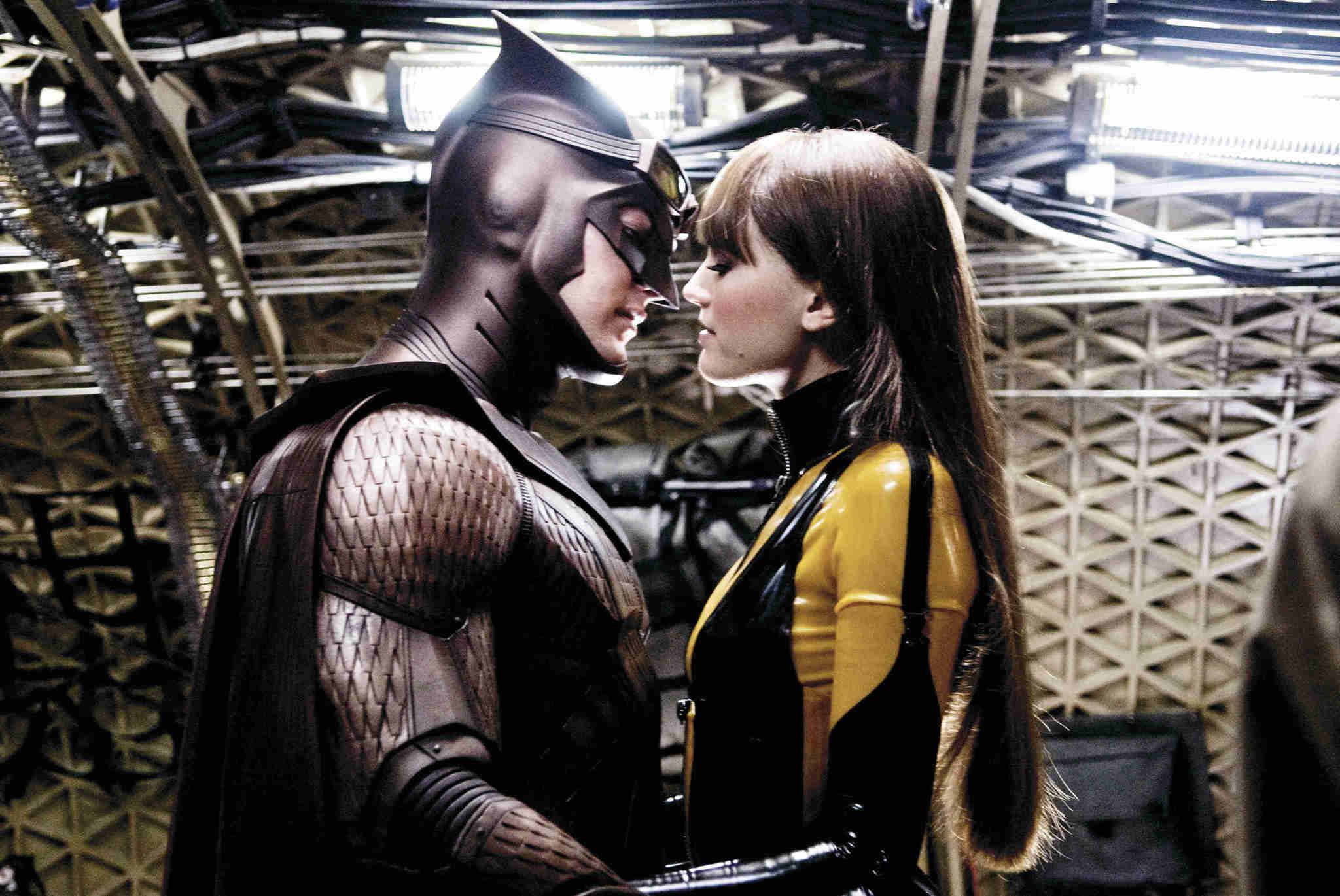
Despite its ambitious scope and faithful adaptation of the graphic novel, Watchmen received mixed reviews upon release. Critics praised its visual fidelity, performances, and willingness to tackle complex themes, but some felt that it struggled to fully translate the depth of the original work to the screen. Nevertheless, the film has gained a cult following and is regarded as one of the more intellectually challenging and visually distinctive superhero films of its time.
Watchmen is a bold and thought-provoking film that challenges the conventions of the superhero genre. It presents a world where heroes are deeply flawed, the line between right and wrong is blurred, and the consequences of power are far-reaching and profound. Snyder’s adaptation captures the essence of the graphic novel, making it a unique and memorable entry in the canon of superhero cinema.
